
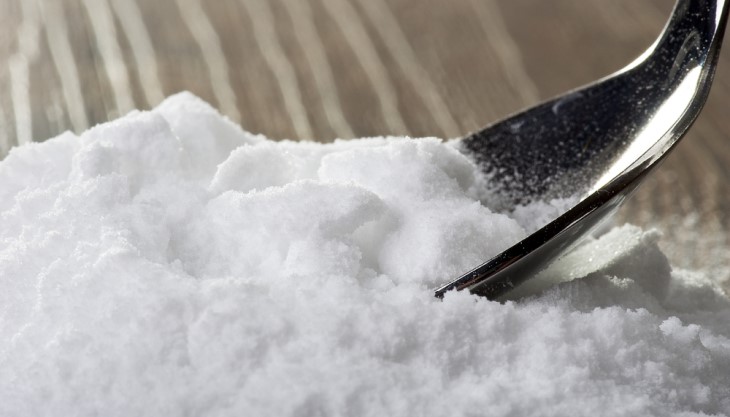
When preparing your tomato sauce, whether it's for pasta, lasagna, or any other dish, a subtle sprinkle of baking soda can transform the sauce's flavor profile. It works by reducing the acidity and enhancing the sauce's natural sweetness, lending a more robust and rounded flavor to the dish.
Just a light pinch is all you need. Overuse of baking soda can unintentionally nullify the intrinsic tartness of the tomatoes, which is fundamental to the authentic taste of Italian cuisine. Therefore, a gentle touch is crucial, as it ensures that the characteristic tang of the tomato sauce is merely softened, not completely eliminated, preserving the traditional Italian flavor profile we've come to know and love.
Remarkably, this baking soda trick can be a healthier substitute for the commonly used method of adding sugar to temper the tomato sauce's acidity. By using baking soda, you are avoiding unnecessary refined sugars, making your sauce not just more balanced, but healthier. This can be particularly beneficial in pasta dishes, lasagna, and even tomato-based shakes where a too-acidic tomato taste might be off-putting.
Moreover, this addition of baking soda does more than just balance flavors. It subtly enhances the color of the tomato sauce, making it more vibrant and appealing. You'll be left with a beautifully rich and luscious sauce, both in terms of flavor and presentation.
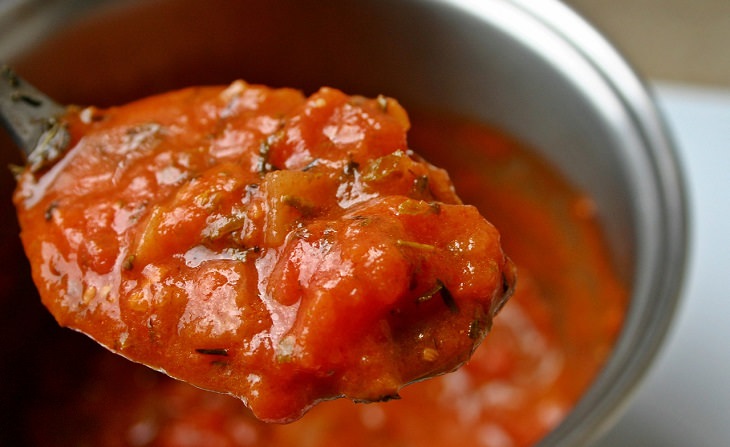
As you carefully fold your dumplings, you will notice the batter appears lighter, almost airy. Once cooked, whether you choose to steam or pan-fry them, your dumplings will rise a little more than usual, achieving a pleasantly soft and fluffy texture that's loved universally.
Furthermore, your dumplings will not only feel light and fluffy, they'll also have a more delicate look with a slightly increased volume. This not only appeals to the taste buds, but also to the eye, making your dish more aesthetically pleasing.
The magic starts with your ordinary pancake or Belgian waffle batter. While preparing your batter, all you need to do is to introduce a teaspoon of baking soda for every pound of flour. This humble ingredient, when blended into the batter, lies in wait for the perfect moment to unleash its magical qualities. But remember, timing is key. The baking soda should be incorporated into the batter just before you're ready to pour it onto the griddle or into the waffle iron.
As soon as the batter graces the hot surface, the transformation begins. You'll be amazed as you watch the batter morph, with bubbles starting to surface, growing bigger and rounder with each passing second. Your pancakes and waffles will swell up more than usual, becoming lighter, airier, and fluffier, thereby offering a superior gastronomic experience that is a sheer delight to the palate.
The baking soda doesn't just stop at enhancing the texture of your pancakes or waffles. It also helps in preventing your breakfast treats from getting excessively browned or burnt, ensuring they are golden and perfectly cooked every time. Your pancakes and waffles will not only taste better, they'll look more inviting as well, with the beautiful, evenly-distributed bubbles and an appealingly fluffy appearance.
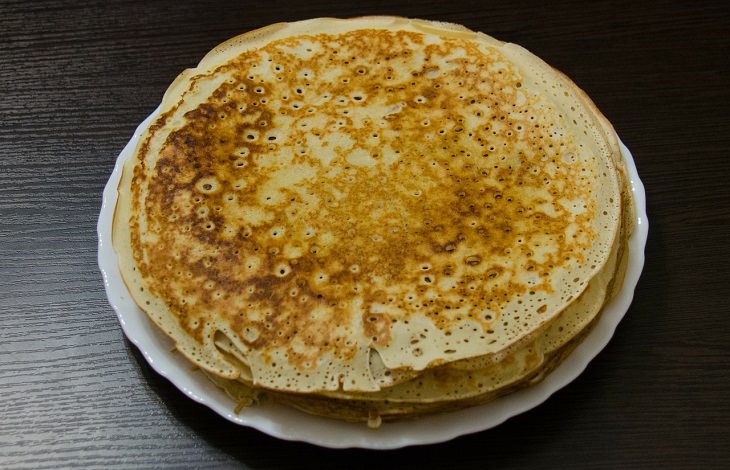
If you run out of baking soda powder and are in need of carbonated water, you can create it yourself. Carbonated water is simply water with carbon dioxide dissolved in it. To achieve the best results, use the carbonated water immediately after opening and removing it from the refrigerator to preserve the gases. It's important to use very cold water, as any increase in temperature may make it difficult for the liquids to hold the gases inside them. To preserve the gases, add the carbonated water as the last ingredient to the batter and mix it gently. Try to use the batter within 15 minutes of adding the carbonated water for the best results. This will create an airy and smooth texture in your baked goods.
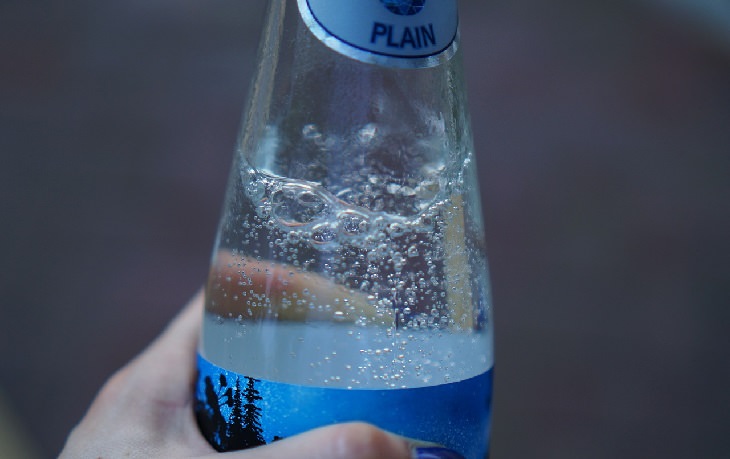
As you prepare your meatball mixture, it's as simple as mixing in the soda water with your other ingredients. As you mix, you'll notice the meat starts to expand slightly, taking on a lighter, fluffier texture. This transformation is a result of the carbonation in the soda water, creating minuscule pockets of air throughout your mixture.
However, the incorporation of soda water isn't the end of this culinary trick. Once your mixture is nicely combined and has the right consistency, it's crucial to let it chill before you start forming your meatballs. Chilling the mixture allows the flavors to meld together and enhances the absorption of the soda water into the meat, leading to a much juicier final product. Then, refrigerating the mixture until it's time to cook further develops the flavors and helps to maintain the moist texture.
Not only do these meatballs offer a superior texture, but the use of soda water can also enhance the flavor profile of the meat. The added moisture allows the meat to retain more of its natural flavors, which might otherwise be lost during the cooking process. The result is a more flavorful, tender meatball that pairs well with any sauce or side dish.
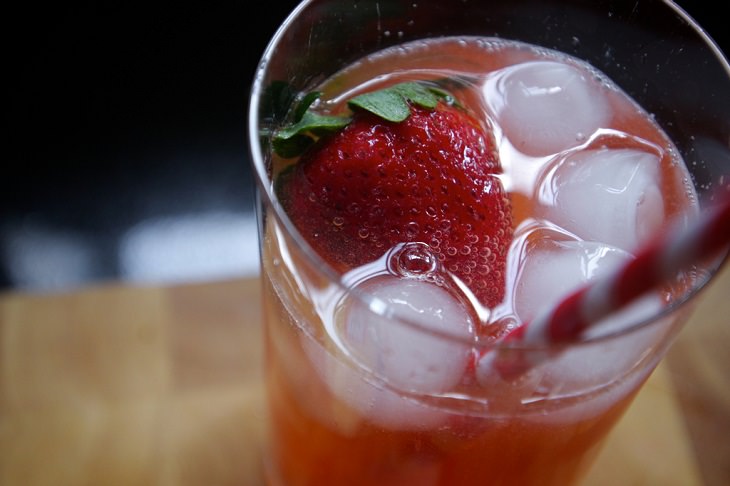
Gazpacho, in its traditional form, is a delightful blend of ripe tomatoes, crisp cucumbers, bell peppers, garlic, vinegar, and olive oil. It's a dish that radiates the essence of summer. The introduction of soda water, or carbonated water, to this timeless Spanish recipe infuses it with an extra layer of cool refreshment, enhancing the overall gastronomic experience.
Once you've prepared your Gazpacho according to your preferred recipe, it's time to introduce the soda water. Two glasses of chilled soda water is all it takes. This carbonated liquid should be mixed gently into the soup. As the soda water mingles with the Gazpacho, its tiny bubbles distribute evenly throughout the soup, creating a light, consistent texture that's incredibly satisfying.
The inclusion of soda water not only adds an intriguing textural element to the Gazpacho but it also provides immediate and effective cooling. This is particularly beneficial if you're serving the Gazpacho in a hot climate or during the summer months, ensuring each spoonful offers a burst of revitalizing coolness.
Another remarkable aspect of adding soda water to your Gazpacho is the enhancement of its refreshing taste. The subtle carbonation of the soda water adds a slight zing, an effervescence that heightens the already refreshing nature of the soup. It's a nuanced improvement that doesn't overpower the soup's inherent flavors but instead complements and elevates them. The addition of soda water can transform the presentation of your Gazpacho. The gentle bubbles contribute a slight frothiness on top, making the soup visually appealing and even more enticing.
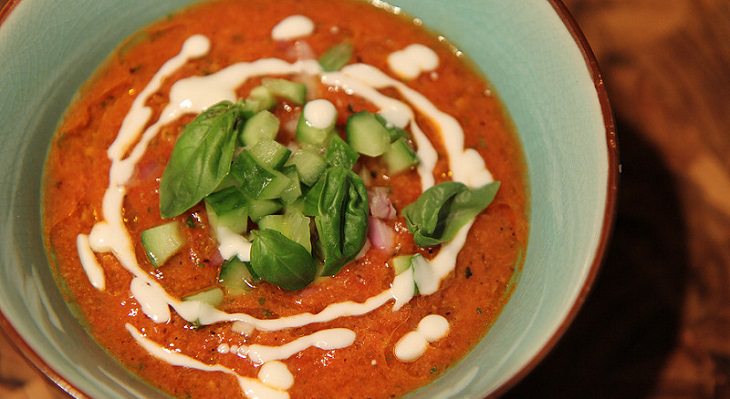
Sources : Jo del Corro, Cafeterías Nebraska, PROtracy benjamin.